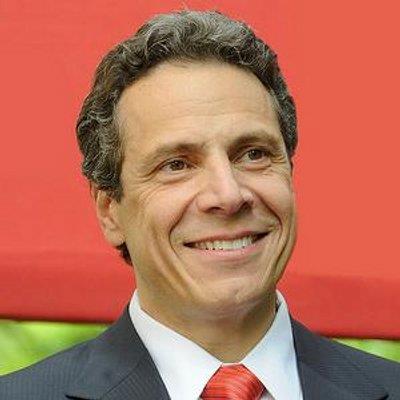
Governor Cuomo Announces $23 Million in Savings to Farmers Through Agricultural Land Assessment Cap
Two-Year Combined Savings Provides Substantial Benefit to NYS Farmers
Governor Andrew M. Cuomo recently announced more than $23 million in savings
over a two-year period for farmers across the state as a result of the
Agricultural Land Assessment Cap. First signed into law by the Governor
in 2013, the cap prevents agricultural assessments from being increased
by more than two percent per year. The previous cap was set at 10 percent.
“Agriculture remains a key driver in New York’s economy, and
this administration is committed to helping ensure its strength and vitality,”
Governor Cuomo said. “By providing much-need property tax relief
to our farmers, we are lowering the cost of doing business and driving
growth in this vital industry for years to come.”
In the seven years before Governor Cuomo implemented the farmland assessment
cap, the base assessment value for agricultural lands nearly doubled.
In the first year after its implementation, farmers saved $11 million.
By 2015, that annual savings grew to $12 million. The Department of Taxation
and Finance projects even greater growth in 2016.
|
Regional Savings Resulting From Agricultural Assessment Cap since 2013 |
|
|
Capital Region |
$2,887,485 |
|
Central New York |
$1,658,240 |
|
Finger Lakes |
$5,908,435 |
|
Long Island |
$2,363,656 |
|
Mid-Hudson |
$5,767,577 |
|
Mohawk Valley |
$661,235 |
|
North Country |
$736,314 |
|
Southern Tier |
$2,107,031 |
|
Western New York |
$1,236,972 |
|
Total |
$23,326,944 |
Agriculture Commissioner Richard A. Ball said, “By keeping taxes both low and predictable, farmers are able
to make more informed business decisions, which can help increase productivity
and profitability. The savings the industry is seeing now for the second
consecutive year is providing substantial benefit to our farmers’
bottom line.”
Commissioner of Taxation and Finance Jerry Boone said, “The agricultural assessment cap works together with the property
tax cap to control the growth of property taxes. It promotes the economic
vitality of agribusiness across our state and builds on Governor Cuomo’s
unprecedented success to provide property tax relief to New Yorkers.”
Dean Norton, President of the New York Farm Bureau, said, “New York Farm Bureau worked with the governor and lawmakers
in advocating for the agricultural assessment cap, and it has proven to
be an important cost saving tool for farmers. The effort to lower business
costs and control taxes is important to the future sustainability of the
state’s family farms.”
Senate Agriculture Committee Chair Senator Patty Ritchie, the said, “The future of family farming depends on farmers being
able to stay on their land and pass their operations on to the next generation.
As the numbers show, this cap is translating into real savings for our
hardworking farmers—and it’s these savings that are allowing
them to keep costs down, stay on their land and continue to contribute
to the further growth of New York’s agricultural economy.”
Assembly Agriculture Committee Chair Assemblyman Bill Magee said, “The state’s two percent agricultural assessment cap
on farms has helped provide stability on farm tax bills, encouraging farmers
to invest in growing their businesses. I’m pleased to have worked
with the Governor and my colleagues in the Legislature to support this
important cost-saving measure that is continuing to benefit and sustain
New York’s agricultural industry.”
In 2011, the Governor implemented a two percent property tax cap for all
New Yorkers. The tax cap is one in a series of tax relief initiatives
pursued by Governor Cuomo in an effort to change New York's "tax
capital" mentality and provide much needed relief to businesses and
homeowners. As a result of the cap, property taxpayers have saved more
than $800 on average. If the trend continues, by 2017 the typical taxpayer
will have saved more than $2,100 in local property taxes.
For more information on the agricultural assessment program, including
applications and instructions, visit the
NYS Tax Department’s website.
